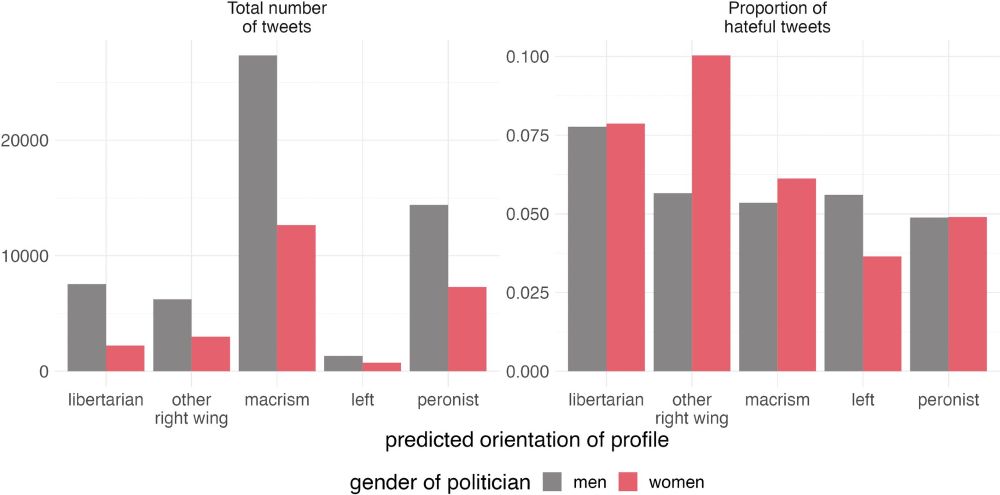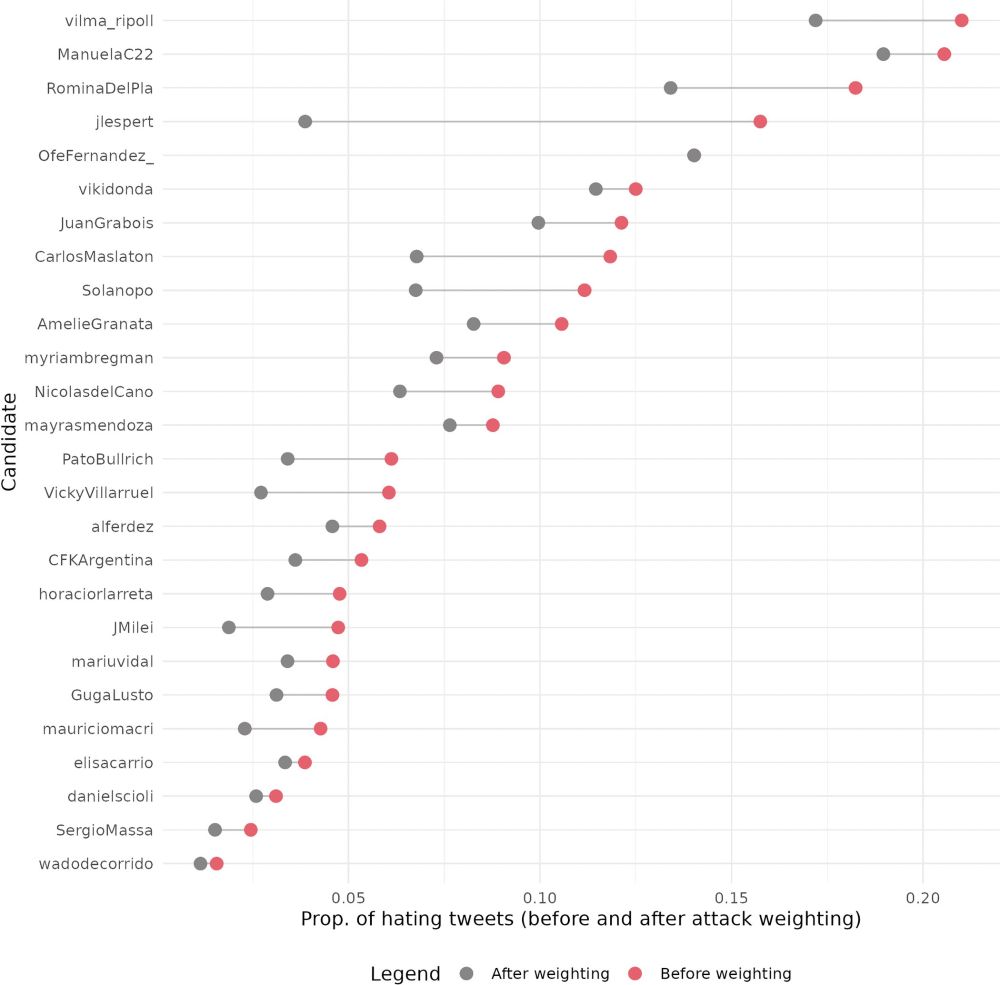
🇦🇷 →🇫🇷→🇱🇺→🇨🇦(⚜️)
Pol Econ → Data Science → Science of Science
(he/him/él/lui)
🔍 TL;DR
Citation behaviour isn’t a meritocracy.
It’s shaped by social ties and topic overlap.
Let’s rethink how we evaluate research impact.
📚 Full paper → journals.plos.org/plosone/arti...
#Bibliometrics #ScienceOfScience #ResearchPolicy

🔍 TL;DR
Citation behaviour isn’t a meritocracy.
It’s shaped by social ties and topic overlap.
Let’s rethink how we evaluate research impact.
📚 Full paper → journals.plos.org/plosone/arti...
#Bibliometrics #ScienceOfScience #ResearchPolicy
🧩 Caveat: We studied U.S. economics.
Patterns may differ elsewhere, but the same forces appear across many fields — though with different strengths.

🧩 Caveat: We studied U.S. economics.
Patterns may differ elsewhere, but the same forces appear across many fields — though with different strengths.
🧠 Semantic similarity also matters!
If two papers talk about similar topics, they’re more likely to cite each other.
🌟 Prestige? Less powerful than expected.
Citations have an effect only when they’re far from your social or topic network.

🧠 Semantic similarity also matters!
If two papers talk about similar topics, they’re more likely to cite each other.
🌟 Prestige? Less powerful than expected.
Citations have an effect only when they’re far from your social or topic network.
Main result:
Papers are much more likely to cite others by people they’re socially close to (coauthors or collaborators-of-collaborators).

Main result:
Papers are much more likely to cite others by people they’re socially close to (coauthors or collaborators-of-collaborators).
We examined three main factors behind citations:
👥 Social proximity (are authors connected?)
🧠 Semantic similarity (are papers about the same thing?)
🌟 Prestige (is the author already well-known?)

We examined three main factors behind citations:
👥 Social proximity (are authors connected?)
🧠 Semantic similarity (are papers about the same thing?)
🌟 Prestige (is the author already well-known?)
🚨 New paper out in PLOS ONE! w/ @caropradier.bsky.social @benzpierre.bsky.social @natsush.bsky.social @ipoga.bsky.social @lariviev.bsky.social
We studied 43k authors and 264k citation links in U.S. economics to ask:
👉 Why do some papers cite others?
🔗 journals.plos.org/plosone/arti...

🚨 New paper out in PLOS ONE! w/ @caropradier.bsky.social @benzpierre.bsky.social @natsush.bsky.social @ipoga.bsky.social @lariviev.bsky.social
We studied 43k authors and 264k citation links in U.S. economics to ask:
👉 Why do some papers cite others?
🔗 journals.plos.org/plosone/arti...





